Market Analysis
In-depth Analysis of Rotogravure Printing Inks Market Industry Landscape
The dynamics of the Rotogravure Printing Inks Market are shaped by various factors, reflecting its evolution and growth:
Expansion of Packaging Industry: One of the primary drivers influencing market dynamics is the expansion of the packaging industry. Rotogravure printing is widely used in flexible packaging applications for products such as food and beverage packaging, pharmaceutical packaging, and consumer goods packaging. The increasing demand for packaged goods globally drives the demand for rotogravure printing inks, which are essential for high-quality printing on flexible substrates like plastic films, foils, and paper.
Rise in Demand for High-Quality Printing: The market dynamics are also influenced by the growing demand for high-quality printing solutions across various industries. Rotogravure printing is known for its ability to produce sharp, vibrant, and consistent prints with excellent color reproduction and detail. As brand owners and consumers alike prioritize visually appealing packaging and printed materials, the demand for rotogravure printing inks continues to rise.
Technological Advancements in Printing Equipment: Continuous advancements in printing equipment technology play a significant role in shaping market dynamics. Modern rotogravure printing presses are equipped with advanced features such as computerized color management systems, high-speed printing capabilities, and precision engraving techniques. These technological innovations enhance the efficiency, productivity, and print quality of rotogravure printing, driving the demand for compatible high-performance inks.
Shift towards Sustainable Inks: Sustainability is emerging as a key factor influencing market dynamics in the rotogravure printing inks industry. With increasing environmental awareness and regulatory pressures, there is a growing demand for eco-friendly and sustainable ink formulations. Manufacturers are developing water-based, solvent-free, and low-VOC (volatile organic compound) inks to address environmental concerns and meet the sustainability goals of brand owners and printers.
Expansion of Food and Beverage Packaging: The dynamics are also influenced by the expansion of the food and beverage packaging industry. Rotogravure printing is widely used for printing labels, wrappers, and packaging materials for food and beverage products. With the growing demand for packaged food and beverages driven by changing consumer lifestyles and preferences, the demand for rotogravure printing inks is expected to increase accordingly.
Globalization of Supply Chains: The dynamics of the rotogravure printing inks market are impacted by the globalization of supply chains. As printing companies and packaging manufacturers expand their operations globally, there is a need for consistent, high-quality printing inks that can meet international standards and specifications. Market players need to adapt to the evolving landscape of global supply chains to remain competitive.
Demand for Specialized Inks: Another dynamic shaping the market is the growing demand for specialized inks tailored to specific applications and substrates. Rotogravure printing is used in a wide range of industries, including automotive, electronics, textiles, and cosmetics, each with unique printing requirements. As a result, there is a growing demand for specialized inks with properties such as heat resistance, chemical resistance, and adhesion to different substrates.
Impact of Economic Factors: Economic factors such as GDP growth, consumer spending, and investment in infrastructure projects also influence market dynamics. Economic stability and growth contribute to increased demand for printed materials and packaging, driving the demand
for rotogravure printing inks. Conversely, economic downturns or fluctuations can impact consumer purchasing behavior and industrial output, affecting the demand for printed products and subsequently, printing inks.
Stringent Regulatory Standards: The dynamics of the rotogravure printing inks market are also influenced by regulatory standards governing the printing industry. Regulations related to ink composition, safety, and environmental impact vary by region and can impact the formulation and usage of printing inks. Manufacturers must stay compliant with relevant regulations to ensure market access and meet the expectations of customers and regulatory authorities.
Shift towards Digital Printing Technologies: The emergence and adoption of digital printing technologies represent a dynamic that influences the rotogravure printing inks market. While rotogravure printing remains a preferred choice for large volume printing and high-quality graphics, digital printing technologies offer advantages such as shorter turnaround times, variable data printing, and reduced setup costs. As digital printing continues to evolve and gain market share, it may impact the demand for rotogravure printing inks in certain applications.

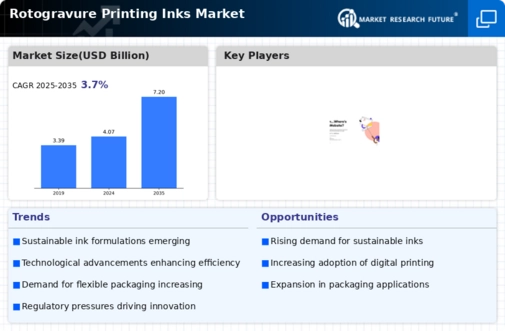

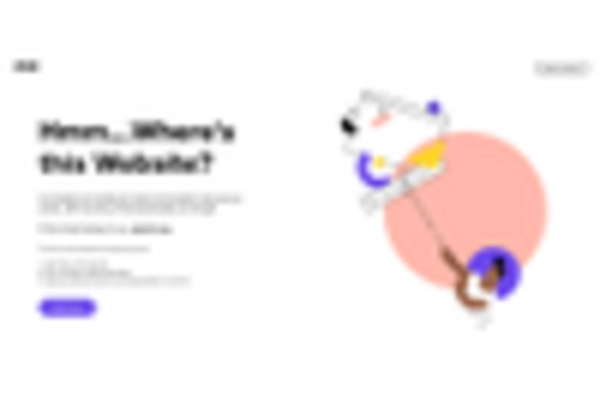
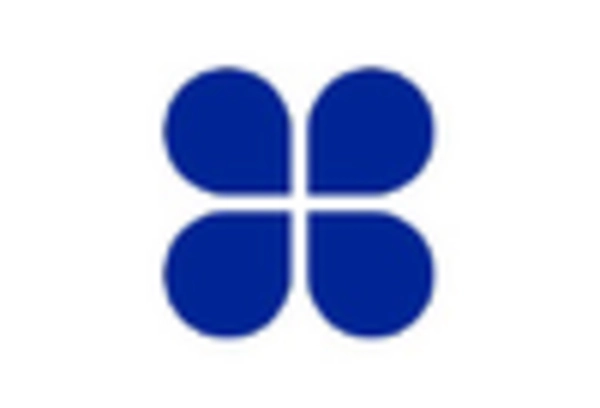
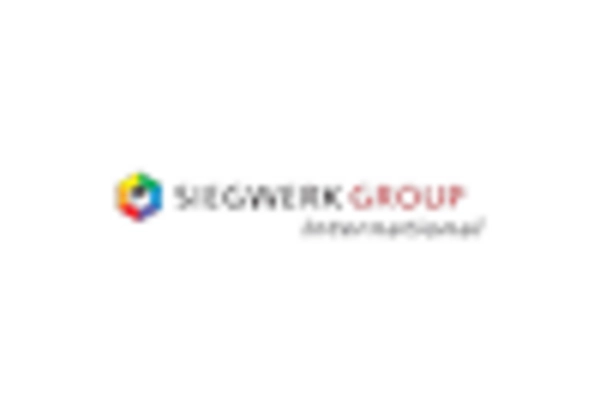
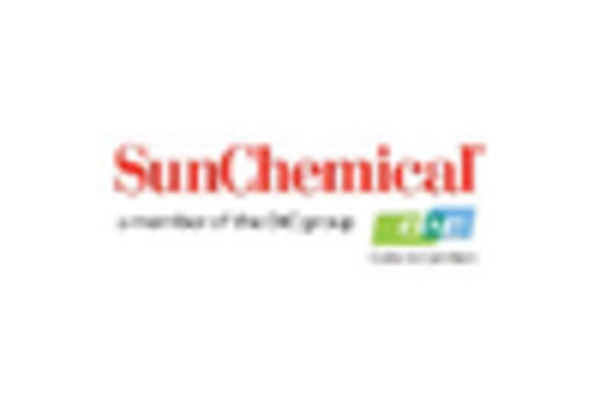










Leave a Comment